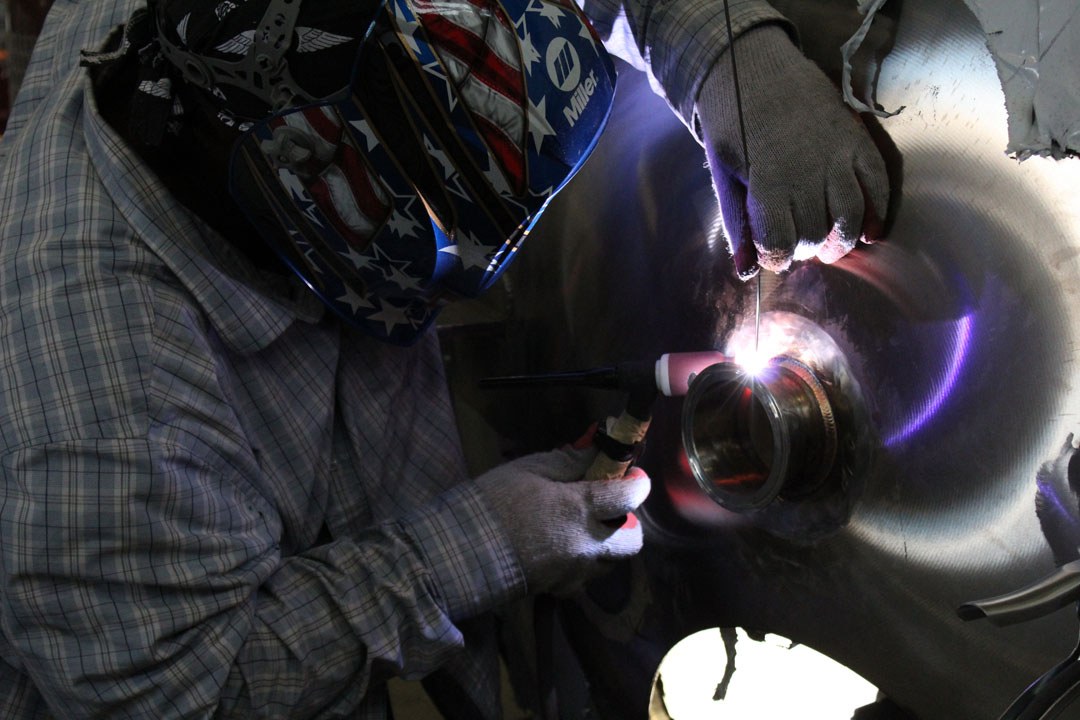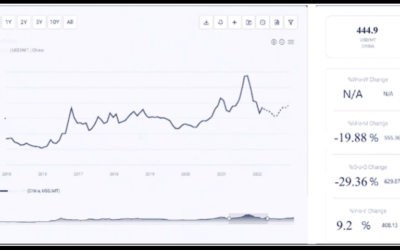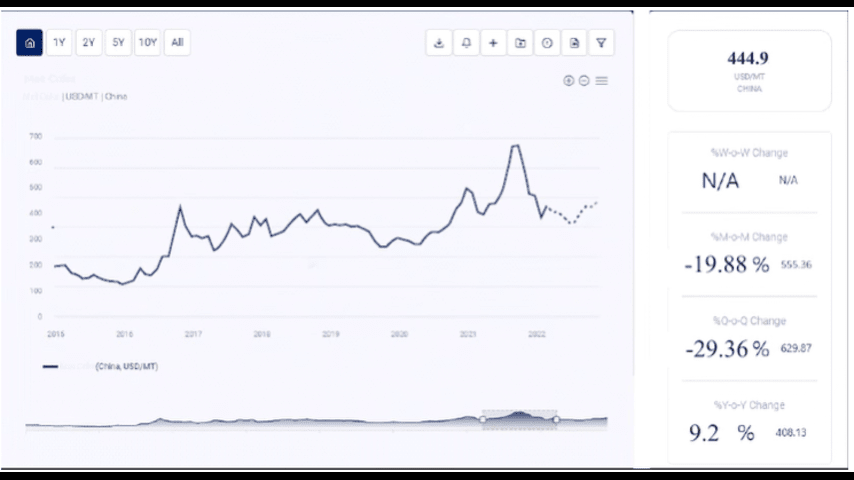Choosing the Right Valve for Cell Bioreactors: A Comprehensive Guide

Cell bioreactors play a pivotal role in various industries, from pharmaceuticals to biotechnology, enabling the cultivation and manipulation of cells for research, production, and therapeutic purposes. Central to the operation of these bioreactors are sanitary valves, which regulate the flow of fluids, gases, and media critical for cell growth and bioprocessing. Selecting the appropriate valve for a cell bioreactor is essential to ensure optimal performance, reliability, and product quality. In this comprehensive guide, we’ll explore eight key points to consider when choosing the right valve for your cell bioreactor system.
1. Understanding Bioreactor Requirements
The first step in selecting a valve for a cell bioreactor is understanding the specific requirements of the bioprocess. Consider factors such as the type of cells being cultured, the volume and viscosity of the media, the operating pressure and temperature range, and the desired level of sterility. Different bioreactor configurations, such as batch, fed-batch, and continuous culture systems, may also have unique valve requirements based on their design and function.
2. Material Compatibility
Choose sanitary valves constructed from materials compatible with the fluids and media used in cell bioreactor applications. Stainless steel is a common choice due to its durability, corrosion resistance, and ease of sterilization. Other materials, such as PTFE (polytetrafluoroethylene) and silicone, may be suitable for certain applications but may have limitations regarding temperature or chemical compatibility. Ensure that the valve materials meet industry standards and regulations for bioprocessing and pharmaceutical manufacturing.
3. Sterility and Cleanability
Maintaining sterility is paramount in cell bioreactor operations to prevent contamination and ensure the integrity of cell cultures. Select valves with smooth, crevice-free surfaces that are easy to clean and sterilize using standard cleaning and sterilization methods, such as autoclaving or CIP (clean-in-place) systems. Consider features such as hygienic seals, polished finishes, and sanitary design principles to minimize the risk of microbial growth and cross-contamination.
4. Valve Type and Functionality
Choose the appropriate valve type based on the specific requirements of the bioreactor system and the intended application. Common valve types used in cell bioreactors include diaphragm valves, ball valves, butterfly valves, and needle valves, each offering unique advantages in terms of flow control, sealing performance, and reliability. Consider factors such as flow rate, pressure drop, and actuation method (manual, pneumatic, or electric) when selecting the valve type.
5. Compatibility with Control Systems
Ensure that the chosen valves are compatible with the control systems and automation technologies used in the cell bioreactor facility. Integration with SCADA (supervisory control and data acquisition) systems, PLCs (programmable logic controllers), and other control devices allows for precise monitoring and control of valve operation, facilitating real-time adjustments and optimization of bioprocess parameters.
6. Regulatory Compliance
Select valves from reputable manufacturers that adhere to industry standards and regulations governing bioprocessing, such as cGMP (current Good Manufacturing Practice) guidelines and FDA (Food and Drug Administration) regulations. Valves should be designed and manufactured to meet stringent hygiene and safety requirements, with documentation available to support validation and regulatory compliance efforts.
7. Reliability and Maintenance
Choose valves known for their reliability, durability, and ease of maintenance to minimize downtime and ensure continuous operation of the cell bioreactor system. Look for features such as self-draining designs, removable components, and easily replaceable seals and gaskets that simplify maintenance tasks and reduce the risk of valve failure.
8. Supplier Reputation and Support
Select a reputable valve supplier with experience in supplying valves for cell bioreactor applications. Consider factors such as the supplier’s track record, technical expertise, customer support services, and availability of spare parts and replacement components. A reliable supplier will offer comprehensive support throughout the valve selection, installation, and operation process, ensuring a smooth and successful integration into the cell bioreactor system.
In conclusion, choosing the right valve for a cell bioreactor is a critical decision that requires careful consideration of various factors, from bioprocess requirements and material compatibility to sterility, functionality, and regulatory compliance. By following the eight key points outlined in this guide and working with a trusted valve supplier, bioprocessing professionals can ensure the optimal performance, reliability, and safety of their cell bioreactor systems.








